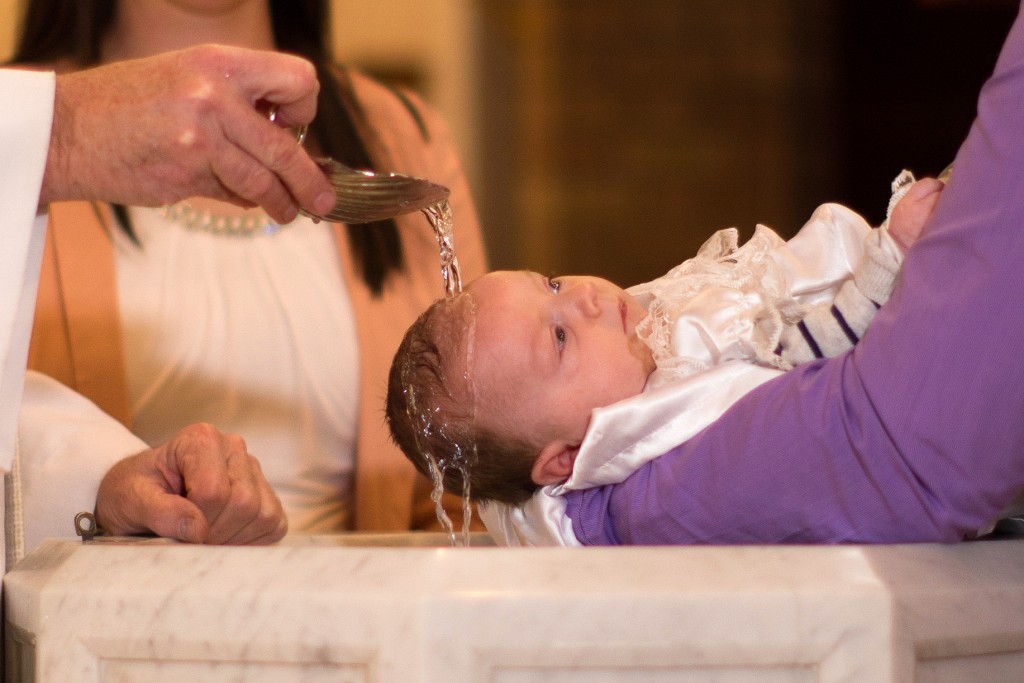The sacrament of baptism occupies a central niche within the Orthodox Church, resonating through its liturgical practices, theological interpretations, and ecclesiastical traditions. The multifaceted nature of baptism invites both reflection and intrigue, symbolizing not merely an initiation into the Christian faith but a profound transformation that connects the believer with the divine promise of salvation. This article seeks to elucidate the meaning, process, and symbolism of baptism within the Orthodox tradition, illuminating the layers of theological significance and the rich tapestry of cultural practices surrounding this sacrament.
At its core, baptism in the Orthodox Church is understood as a sacrament of initiation. It marks a ritualistic entry into the body of Christ, known as the Church. This sacrament is deeply embedded in biblical narrative, drawing from the baptism of Jesus in the Jordan River and the exhortations found within the New Testament, particularly in Matthew 28:19, wherein the disciples are commanded to “make disciples of all nations, baptizing them in the name of the Father, and of the Son, and of the Holy Spirit.” This divine mandate underscores the integral role baptism plays in the life of an Orthodox Christian.
The process of baptism is rich with ritual and symbolism, unfolding in a ceremonial context that enhances its spiritual significance. Typically, the baptism takes place during a Divine Liturgy, manifesting the communal aspect of faith within the Church. The ceremony begins with the invocation of the Holy Spirit, a deliberate appeal to divine assistance, emphasizing the transformative grace that baptism imparts. Candidates for baptism, whether infants or adults, are first welcomed into the assembly, where prayers are offered, setting the stage for the profound transition that is to follow.
One of the most poignant elements of the baptismal rite is the renunciation of sin and the professing of faith. Candidates are asked to renounce Satan and all his works, thus aligning themselves with Christ. This moment signifies not merely a verbal assent but an existential commitment to a life characterized by faith and obedience to God. The declaration of faith highlights the individual’s willingness to embrace the teachings of Christianity, illustrating the sacred covenant formed between the believer and Christ.
Following the renunciation and profession of faith, the act of baptism itself commences. The candidate is immersed in water three times—each immersion representing the Holy Trinity. This trinitarian formula is paramount, encapsulating the essence of Christian belief and the establishment of a personal relationship with God. The immersion symbolizes death to sin and resurrection to new life, echoing the core tenets of Christian redemption. The water, therefore, serves as a conduit for divine grace, cleansing the individual of original sin and imparting new spiritual life.
Emerging from the waters, the newly baptized is adorned with a white garment, symbolizing purity and the radiant light of Christ. This transformation is not merely symbolic. It signifies the believer’s new identity in Christ, devoid of sin and marked by a commitment to embody the virtues of the Christian life. The white garment, combined with the anointing of holy chrism, seals the baptismal grace, marking the individual as a member of the Orthodox Church and a participant in the ongoing life of faith.
The theological significance of baptism extends beyond the ritualistic elements, delving into the transformative power it embodies. Baptism can be seen as a sacramental prototype of Christ’s own death and resurrection, illustrating the profound mystery of salvation. Within Orthodox thought, baptism is not merely a human act but a divine operation, where the believer is brought into the salvific narrative of Christ’s victory over sin and death. This theological underpinning imbues the rite with a sense of cosmic importance, emphasizing the reality of faith as a transformative journey towards holiness.
Moreover, baptism serves as an introduction to the rich network of Orthodox sacramental life. Following baptism, the newly initiated is encouraged to partake in the Eucharist, further solidifying their connection to the divine life of the Church. The Christian life, thus, is approached as a holistic journey, where baptism opens the door to ongoing spiritual nourishment found in the sacraments, prayer, and communal worship. The community, both heavenly and earthly, plays an integral role in supporting the baptized individual in their quest for sanctity.
In contemporary contexts, there exists a fascination with baptism that transcends mere ritual observance. This intrigue can be understood as a quest for identity, belonging, and spiritual fulfillment. In an era marked by pluralism and spiritual searching, the sacrament of baptism resonates with individuals seeking connection to something greater than themselves. The symbolic act of dying and rising to new life resonates deeply with the human experience, inviting contemplation on themes of renewal, forgiveness, and the search for meaning.
In conclusion, baptism in the Orthodox Church is a multifaceted sacrament, rich in meaning, process, and symbolism. It stands as a pivotal moment in the life of a Christian, intertwining personal faith with the communal life of the Church and the grand narrative of salvation history. Through its rituals and theological profundity, baptism invites believers into a deeper understanding of their faith, establishing them not only as members of the Church but as active participants in the ongoing story of divine grace. The enduring fascination with this sacrament speaks to a profound yearning for spiritual connection and transformation, echoing the eternal promise of new life in Christ.



